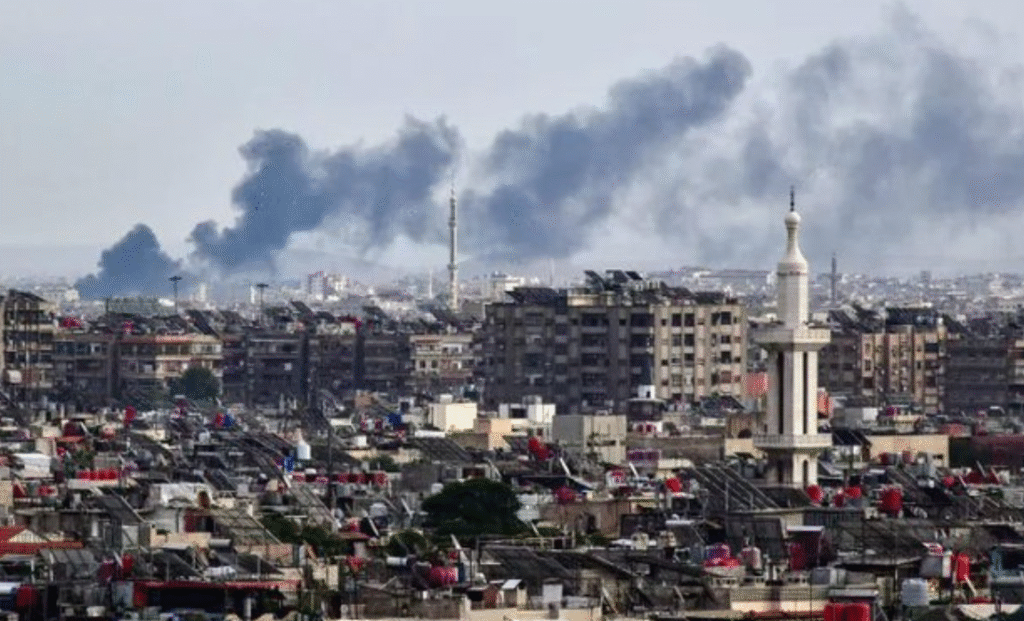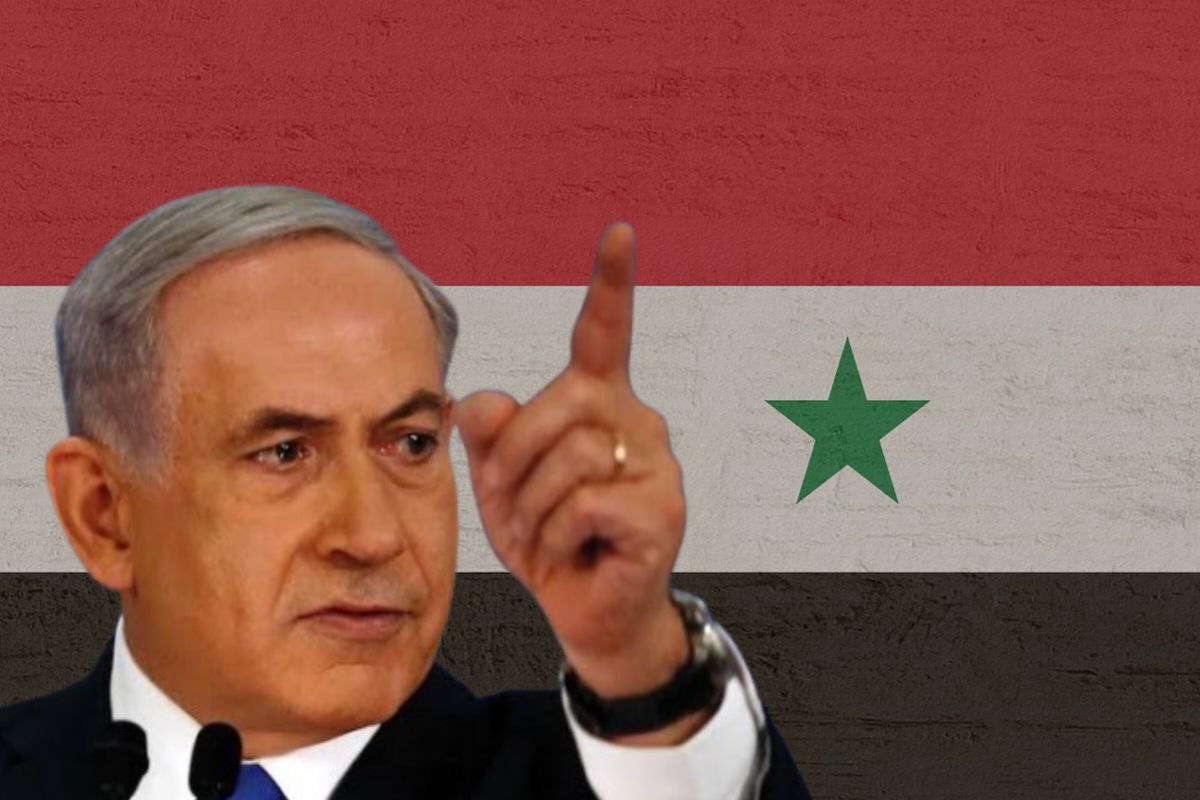Israel-Syria Tension: Big developments are unfolding in the Israel-Syria conflict. As Syrian forces withdraw from the Druze-majority city of Suea and Israeli airstrikes intensify across southern Syria, questions are growing over Prime Minister Benjamin Netanyahu’s true intentions. Is Israel executing a long-term strategy to keep Syria fragmented and weak? With Kurdish autonomy, Turkish-backed militias, and ongoing regional tensions, Syria remains a fractured state. This report explores Israel’s military moves, strategic objectives, the demographic complexity of Syria, and how President Ahmed al-Shara is navigating the pressure from all sides. Is Netanyahu redrawing Syria’s borders, or can Syria be reunified?
Israel-Syria Tension
Following a recent ceasefire agreement, Syrian government forces have reportedly withdrawn entirely from the Druze-majority city of Suweida amid Israel-Syria Tension. This development has reignited discussions over Israel Prime Minister Benjamin Netanyahu’s broader strategy in Syria. Is Israel working to keep Syria divided and weak? Or are these simply measures aimed at protecting Israel’s security interests in a volatile region?
The situation on the ground has been rapidly evolving. At the start of this year, the map of Syria showcased a divided nation, and despite some shifts, that fractured reality still persists. The Kurdish-controlled regions and Turkish-backed groups in the north have been operating independently for years. Meanwhile, isolated ISIS cells continue to retain pockets of territory. But what has raised global concern are the intensified Israeli air raids across southern Syria, especially around the Seda region, which have reportedly killed over 500 people according to war monitors.
Israel emphasis on protecting the Druze community has served as a powerful narrative to justify its presence and actions. However, this stance stands in contrast to the broader scope of Israeli military operations, which include direct strikes on key Syrian infrastructure like the Defense Ministry in Damascus. This raises a pressing question: Is there a deeper geopolitical strategy behind the Israel Syria dynamic?
Evidence suggests that Israel’s approach to Syria since 2011 may be aimed at ensuring the country remains fragmented. This strategy appears to revolve around multiple elements: weakening the Syrian state, eroding its military power, exploiting internal divisions, and establishing zones of influence. While Israel has never officially declared a goal of partition, its policies seem to be creating conditions that could lead to a de facto fragmented or perpetually weak Syria.
Syria’s complex demographic structure has only made the conflict more volatile. The largest ethnic group, Sunni Muslims, constitute about 74 percent of the population and are spread throughout the country. The Alawites, who make up around 12 percent, primarily inhabit the coastal mountainous regions of Latakia and Tartus. The Kurds represent roughly 10 percent and live mostly in the north, in areas like Syrian Kurdistan, as well as cities like Aleppo and Damascus.

Then come the Druze, who form around 3 percent of the population. They are concentrated in the Suea province and the outskirts of Damascus. Christians account for nearly 2 percent of the population, residing mainly in urban centers such as Damascus, Aleppo, Homs, Hama, Latakia, and Hasaka. Other smaller groups include Armenians, Ismailis, Jews, and Bedouin tribes.
The statements and positions of the various stakeholders add more complexity to the Israel Syria equation. Israeli Prime Minister Netanyahu has clearly outlined his two major objectives in Syria: the demilitarization of the area south of Damascus leading to the Golan Heights and protecting what he calls “the brothers of our brothers”—a reference to the Druze community in southern Syria. This, Netanyahu suggests, is Israel’s red line.
Meanwhile, US President Donald Trump has also weighed in on the situation. He has backed Syria’s path to peace and stability, even going as far as signing an executive order terminating the longstanding Syria sanctions program.
On the other side, Syrian President Ahmed al-Shara has walked a tightrope. While he has publicly expressed a willingness to reduce tensions and even cooperate with Israel to combat mutual threats, he continues to rely heavily on alliances with Iran. At the same time, he has strongly criticized what he describes as Israeli attempts to create divisions within Syria. His government is under pressure to avoid broader Israeli military retaliation while trying to restore some semblance of sovereignty.
As the shape of Syria continues to evolve—through military confrontations, foreign airstrikes, and high-stakes diplomacy—the central question remains: Is Netanyahu subtly redrawing the borders of a broken Syria? Or can President al-Shara manage to stitch together the fractured pieces of a country long torn by civil war and foreign interference?
One thing is certain. The Israel Syria conflict is no longer just a matter of cross-border skirmishes. It is a deep-rooted geopolitical struggle where demography, ideology, and regional power plays are colliding—and its outcome could reshape the Middle East for years to come.
Disclaimer: This article is based on multiple reports and ongoing developments in the region. The views expressed are journalistic and analytical in nature. For real-time updates, consult official sources.

